Are your job applications falling through the craps?
While there could be many reasons why your job applications are not working, your resume is for sure a critical decision-maker for recruiters. Many times you are not getting the job because of resume mistakes that will prevent your application from going to the next steps.
On average, 500 resumes are submitted for the same fashion job/internship. This means that most of the resumes are not read.
A recruiter spends on average 3 seconds to decide whether your resume deserves a chance or if it’s better to move on to the next one.
How do they decide if your resume is worth reading?
You might think that the resumes that are successful – and so the people who get the job – are the ones who have more experience (preferably already in fashion), who studied at the top fashion schools and whose list of skills is quite impressive.
But if you think about it, it would be impossible for a fashion recruiter to read all your experiences and where or what you studied in just 3 seconds.
Many times, the problem with resumes is not that job seekers don’t have the right skills or enough experience to get the job… Most of the time, the mistake is in the way they present themselves. You could match the job perfectly and even have 10/10 of the skills outlined, but if your resume is not designed and formatted correctly, you might not get the job 🙁
On the other (positive) side, having a brilliant resume can get you the job even when you don’t meet all the requirements! Remember that an outstanding application can overcome any lack of skills and experience required.
First impressions count and your resume is the first impression a fashion company and recruiters get of you.
Recruiters see hundreds of resumes every day, so that’s why it only takes a few seconds to get an immediate idea of you and decide whether or not you might be the right fit for the job. Fashion recruiters can already capture your personality and mindset from your resume.
Your resume is much more than a recap of your skills and experiences; it represents your personality. The way you structure your CV, the font you choose – everything says about your personality, mindset, and your potential.
In this article, we talked about how companies are now hiring for potential. They are looking for people who think out of the box, are smart, and can learn and grow inside the company. If your CV is flat or messy, that’s how you’ll be perceived as a person as well. But if your CV is clear and well structured, you’ll appear as a very organized person with strong potential.
If you are not sure if yours is working or if you need to build one and you want to learn how to do it the right way, let’s see what are the most common fashion resume mistakes so you can avoid them!
5 Most Common Resume Mistakes in Fashion (and how to stop making them)
1.Unprofessional and poorly organized resume template
When it comes to searching for a job in the fashion industry, a well-structured and visually appealing resume can make a significant impact. The fashion world values creativity and attention to detail, and your resume should reflect these qualities. After all the resume is like your business card: the font, the layout, and the colors you choose everything speaks for your personality. Try to use a template that catches the attention of recruiters. Imagine that your resume stands on a pile of hundreds, how can yours stand out? Don’t use a boring flat template but play with bold and font size to separate each section and make it visually clear so that a recruiter in 3 seconds can understand where to look for the information they are looking for. Many candidates overlook the importance of aesthetics and submit resumes that lack visual appeal. Select a clean and stylish template that aligns with the fashion industry’s aesthetic. However, strike a balance between creativity and professionalism, ensuring that the design enhances readability and clarity. You can find multiple designs on Canva or other websites which offer pre-made templates you only have to fill with your information.
However, a remarkable resume goes beyond a good template. What matters as well is how you organize the categories in your resume. There should be separate paragraphs where you indicate your contact information, your education, your work experience, and your skills. Feel free to arrange them in the order that you prefer or in the way you believe would be relevant for the position. For instance, if you don’t have much experience, listing your education at the top of your resume could be a good idea. But if you held roles in the past that could be interesting to add for this new job you are applying for, then you could move the work experience category to the top. There are many different ways of building a resume. What matters is to classify the information by category, use bullet points and leave spaces between your paragraphs to make your resume easy to read.
In addition, all the information should fit into 1 page. Hiring managers don’t like receiving resumes that are more than 1 page long, unless you are applying for a senior or executive position that requires many years of experience, so you need more space to include all the information. But if you are applying for an internship or an entry-level job, you are not expected to have many years of work experience, so you should be able to synthesize everything in 1 page. Trust me, it won’t be so hard since as we saw above, you don’t have to add unnecessary information. Keep it short and sweet 😉
And last tip: save it as a PDF before sending it to avoid any issues with the layout when you download it.
2.Overloading the Resume with Irrelevant Information
How Many Jobs Should Be On A Resume?
The things you add to your resume should be intentional. If you have too much content on it, with long descriptions, and it’s too messy and hard to read, then the recruiter won’t know where to start and your resume will end in the “no” pile. Therefore, don’t just add things for the sake of filling up the space or because you believe the more you have the better. Remember: quality over quantity. It’s better to have a few things that are very relevant for the position than to have 20 skills or experiences that are not relevant. You don’t need to add all the jobs you did in the past, nor list all of the tasks that you took care of. Instead, you should list only the experiences and responsibilities that are relevant to the position (even 1 or 2 will do, internships included). If you don’t have any experience, you can include school or volunteering projects you took part in. Having a short resume is absolutely OK as long as the information is relevant.
3. Not customized to the position
This is for sure the most common resume mistake that I see. Anytime a student enrolls in my online course Break into the fashion industry they all say that the worst mistake they were making was not tailoring the resume to the position. Many people just build one single version of their resume and submit the same to all the jobs. But this is a HUGE mistake. Different jobs have different requirements in terms of skills and experience, so you need to tailor your CV to the specific position (yes, even if you are at the beginning of your career and you might believe you can only add a few skills) so that it contains the keywords for that job.
Companies use a tool called “Applicant Tracking System” that scans in the application the keywords they are looking for. So if you don’t list a keyword by mistake and your resume is rejected, it would be too bad, right? Imagine instead that recruiters immediately spot a keyword inside your resume. In that case, you have caught their attention and you’ll be among the few resumes they will actually read with intention and you’ll be among the 2% of people who get a job interview!
For this reason, I always recommend reading the job description carefully and searching for the keywords. It doesn’t mean all the words you use have to be the same; you can rephrase some of them so that your resume doesn’t look like a copy-paste. The order in which you list the keywords is also important. If you are applying for a design internship and the communication skills are listed at the bottom of the job posting, it’s better to keep them at the bottom of your resume as well. On the contrary, if you apply for a PR position, communication skills will probably figure at the top of the list on the job offer, so they should also figure at the top of your resume. You get the idea.
4. You don’t indicate your proficiency level
As much as using a generic resume is not a good idea, neither is listing generic skills. The most common mistake regarding skills I see is that people don’t add their proficiency level. For example, they just add “Microsoft Office package” without indicating if they have basic, intermediate, or advanced knowledge, and of which program exactly. This is too generic and you are missing opportunities here. Excel is the most important skill to work in fashion so if you just write “MS Office package” you are not telling the recruiter if you know how to use Excel or just Word.
Another example is the languages. Listing them is not enough, and you should say if you are a native speaker, fluent, bilingual, or have basic or intermediate knowledge. The same rule applies to any skill you are reporting on your resume. Here are some examples of how you could talk about your skills:” proficient with Excel”, “excellent knowledge of Photoshop”, “basic knowledge of SEO”, “fluent in English”.
5. Typos, grammar mistakes, and formatting errors
The last mistake I wanted to talk to you about that may be the reason why your CV ends up in the “no” pile is because it’s filled with typos and grammar and syntax errors. It’s as simple as that. It conveys the impression that you don’t take this job seriously and shows a lack of professionalism. Therefore, make sure you proofread your CV before sending it. You can ask a friend or your mum if they can read it once for you to have a second opinion. Mistakes are serious problems that recruiters don’t compromise on.
Did you find yourself making one of these mistakes? If the answer is yes, make sure to review your resume, as this may make a great difference in your application.
Want to learn other tricks to build a strong application and land your dream role in fashion? Register here for my free webinar and I will tell you all about it.
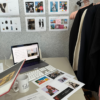

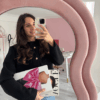
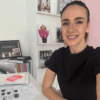

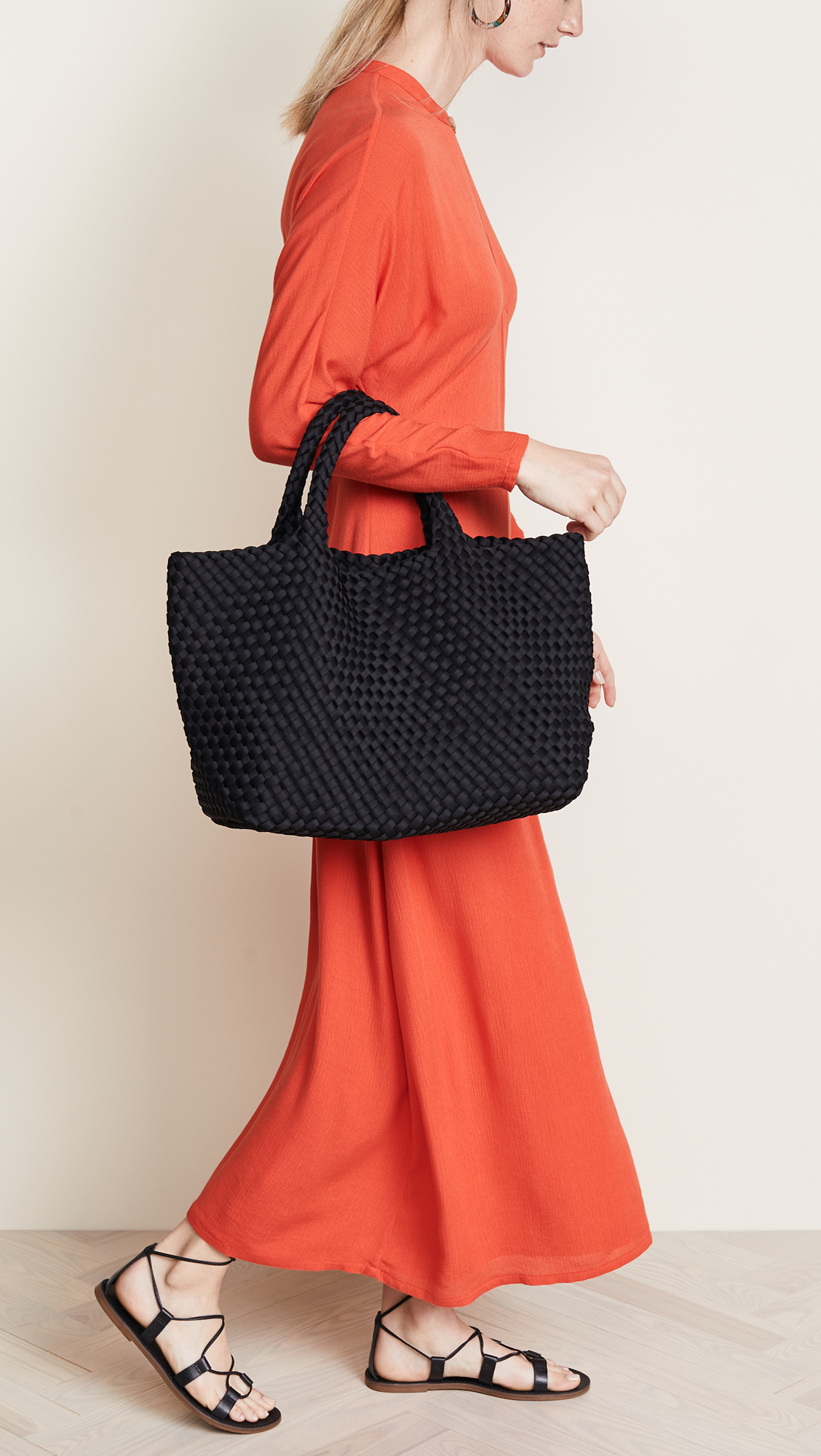

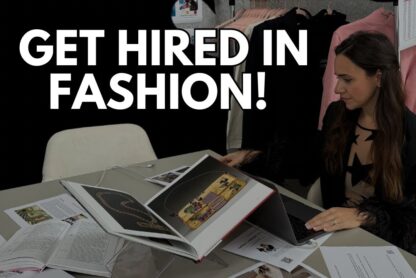
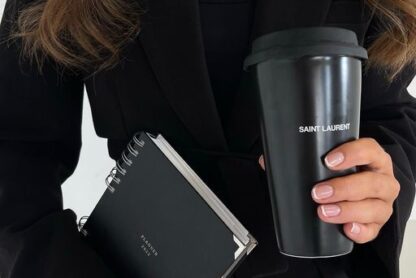
Interesting review and very useful